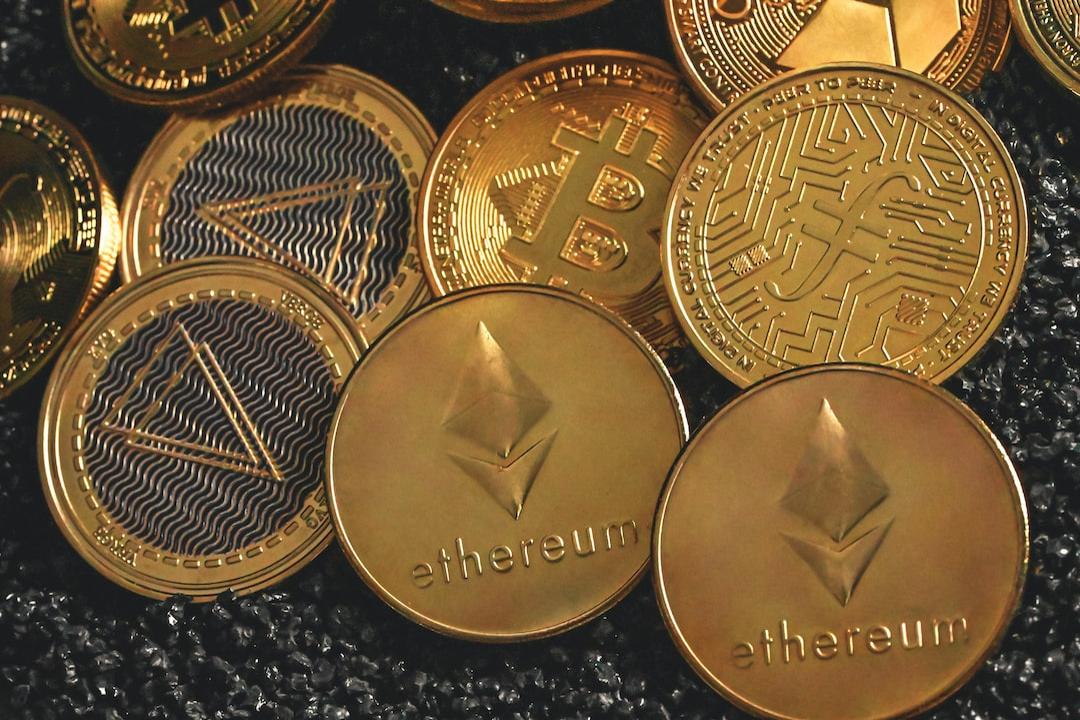MapleStory’s Crypto Adventure
Do you remember the days spent grinding, teaming up, and changing outfits in MapleStory? Younger players might not have experienced it, but this 20-year-old gaming classic holds the internet café memories of many born in the 80s and 90s, and it stands as a testament to the era when online games entered China in the new millennium.

Now, it has transformed into a new blockchain elite. The English name of MapleStory is MapleStory. On May 15, the governance token NXPC of the blockchain version MapleStory Universe, carrying the same IP, was launched on exchanges such as Binance, Upbit, Bithumb, Gate.io, Bybit, Deepcoin, Bitget, Weex, and MEXC; the price of the project token NXPC directly broke through $3, with the FDV soaring to $3 billion. Accompanying this price surge is the discussion about NXPC’s major airdrop, dubbed “pork leg rice”. Under the current Binance Alpha points system, users who meet certain criteria will also receive NXPC airdrops. Based on NXPC’s price at the time of publication, ordinary users can earn over 600 U from a single airdrop, making it the most attractive “airdrop benefit” of the year.

Many players jokingly ask if there’s still a chance to return to BSC, as the wealth effect draws attention back. MapleStory itself represents the nostalgia of veteran players while providing a glimmer of hope for the lagging blockchain gaming sector.
Is the blockchain gaming track, which has already been disproven by the market, still viable?
Is NXPC Viable?
We can examine NXPC’s current frenzy from two perspectives: whether the project itself is viable, and how it compares to its predecessors in the blockchain gaming sector. NXPC is the governance token of MapleStory Universe, launched by NEXPACE, a blockchain subsidiary of the South Korean gaming giant Nexon. MapleStory, as a classic MMORPG operating for 20 years, has accumulated over 180 million players globally and historical revenues of up to $4 billion, making it one of the evergreen titles in the gaming industry.
Now, Nexon is taking this IP onto the blockchain, attempting to create a community-driven digital economic ecosystem through MapleStory Universe. According to the project whitepaper, the total supply of NXPC is 1 billion, with 16.37% (approximately 163.7 million) unlocked immediately through airdrops, and 80% allocated for future ecological rewards aimed at incentivizing long-term participation from players and creators. NXPC also has a sister token, NESO, used for in-game transactions, which can be freely exchanged with NXPC, forming a dual-token model. This design seeks to balance the game economy and token value, but it has also piqued the interest of many investors looking for “gold farming” opportunities.

From this economic model perspective, it still follows the “main token — sub-token — NFT asset” cyclical pattern, where one token acts as a platform coin, possessing governance or staking functions while gaining various rights designed in the game rules; the other token serves purely as in-game currency. The two tokens together support the economic cycle of NFT equipment and items in the game. This is not fundamentally different from the gameplay of most previous blockchain games.
Comparing with previous popular projects in the blockchain gaming sector, we can derive a fair price range. Is NXPC’s current price above $3 already hitting the ceiling?
Using NXPC’s current circulation of 16.37% (approximately 163.7 million) as a basis and referencing the current market caps and historical highs of top projects like Gala Games, The Sandbox, Decentraland, Axie Infinity, and Mobox, a theoretical estimation can be made:

Current Market Value Benchmark:
At NXPC’s current price of $3 (at the time of publication), it is already higher than Mobox’s $0.24 and Axie Infinity’s $2.17, comparable to Decentraland’s $3.4. If we benchmark against the market caps of Gala Games and The Sandbox at $703 million and $691 million respectively, NXPC’s price could potentially challenge the $4.06-4.13 range. However, compared to Mobox’s undervalued status, NXPC’s current price seems to already encompass high market expectations.
Historical High Benchmark:
Looking back at the blockchain gaming bull market of 2021-2022, Gala Games and The Sandbox reached market caps as high as $6.9-7 billion. If we estimate based on these projects’ historical peak market values during that market environment, their prices could potentially challenge the $15-40 range. However, this presupposes that NXPC must replicate the ecological activity and market craze these projects experienced at that time.
Fundamentally, the gaming sector itself does not present particularly significant narratives or technical breakthroughs; relying solely on the old MapleStory IP to drive prices to this range seems overly optimistic.
Instantaneous Effects
Current data indicates that NXPC resembles more of a capital movement. The funding rate for the Binance NXPC/USDT perpetual contract once dropped to -2%, currently standing at -0.7%, indicating that short positions need to pay fees to long positions. This kind of negative premium is often a precursor to a short squeeze—where many short positions are forced to close, pushing prices up further.

Simultaneously, with NXPC launching on major exchanges like Binance, the short-term trading depth and liquidity are assured; the continuous launch of contracts on numerous exchanges further stimulates the influx of speculative capital. Data from MEXC shows that NXPC’s 24-hour trading volume reached $6.85 million, indicating visible speculative sentiment.
Returning to the fundamentals, NXPC’s value realization also faces significant challenges. Firstly, the game is currently in the public testing phase, and player retention and the stability of the economic model have not yet been tested by the market. The lessons from Axie Infinity warn us that blockchain game projects that overly rely on speculative drivers while ignoring player experience and economic balance ultimately struggle to sustain over time.
Secondly, NXPC’s value is highly dependent on the activity level of the creator economy. NXPC emphasizes the creator economy rather than a simple “gold farming” model. MapleStory Universe allows players and creators to produce content through Synergy Apps, such as designing unique gear or levels, and minting them as NFTs for trading via NXPC. If creator participation is insufficient or the liquidity of the NFT item trading market is low, NXPC’s demand may significantly decline. The transition from a simple “Play-to-Earn” to “Create-to-Earn” is not a novel concept, as we have often observed in previous blockchain game projects.
From the reactions on crypto Twitter, NXPC’s popularity indeed benefits from both the IP appeal of MapleStory and the dual effects of the wealth effect, but the community’s focus is more on short-term gains rather than the long-term value of the gaming ecosystem. Another key point is that this is a South Korean game, and it is an undeniable fact that young people in South Korea are loyal to cryptocurrency speculation, providing the market with the potential to drive NXPC’s rise. The indicator changes on Upbit may even more significantly influence NXPC’s fate.
However, one cannot conclude that the entire garden has improved just because one flower blooms beautifully. The fate of blockchain games remains uncertain. MapleStory is restarting its adventure in the crypto world, but it faces many young players who have already exited due to losses in blockchain gaming.
This article is a collaborative reprint from: Deep Tide

